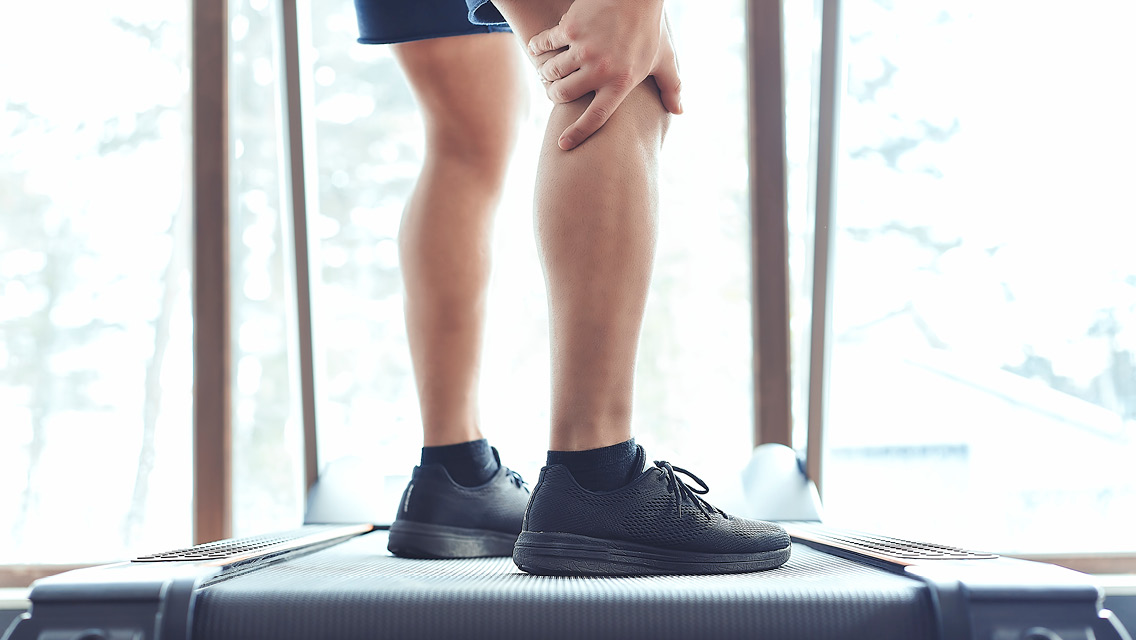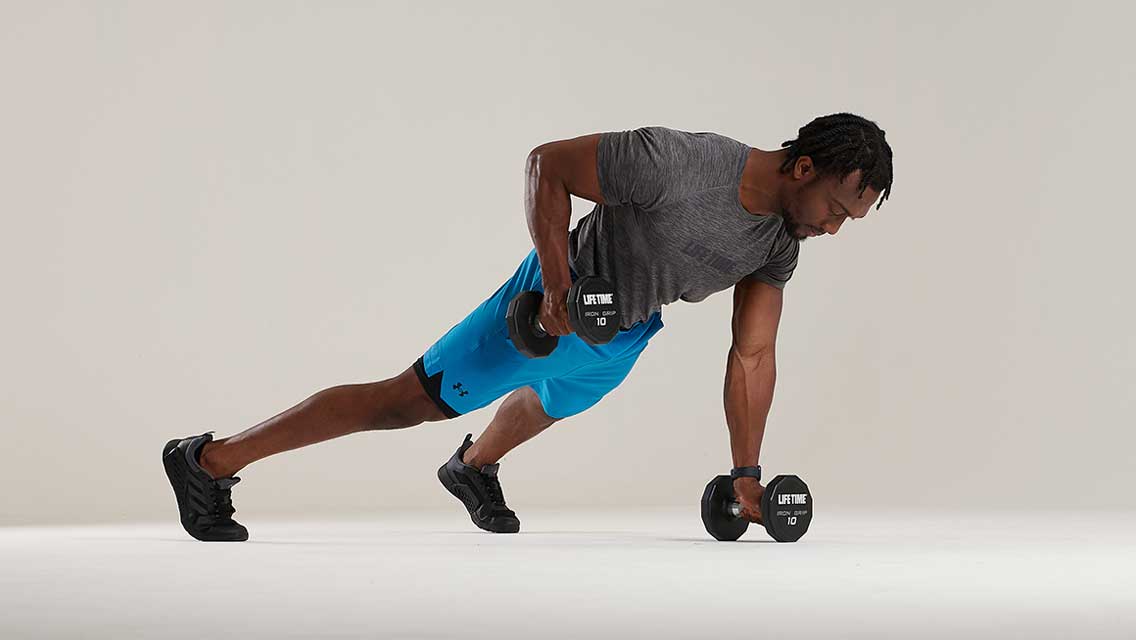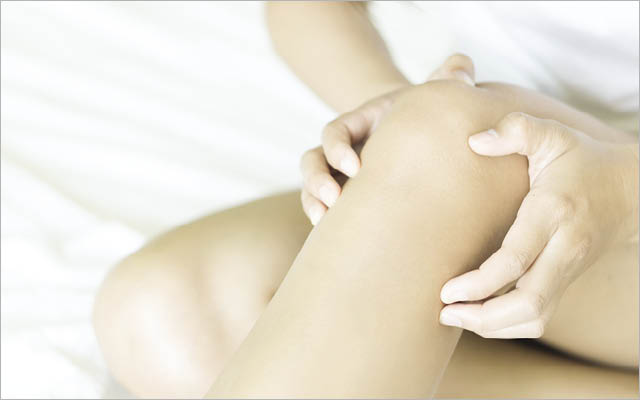Q: I love running, biking, and using elliptical trainers and treadmills, but I have a bit of degeneration in one of my knees. How can I get my cardio fix without causing soreness or doing further damage to the joint?
A: Knee pain doesn’t have to mean the end of your cardio career, says Dean Somerset, medical and rehabilitation coordinator for World Health gyms in Canada and coauthor of the DVD series Muscle Imbalances Revealed. It might mean you have to take a few extra precautions to keep your joints healthy while you’re running, rowing or riding, however. Follow these steps to find a pain-free cardio regimen that won’t damage your joints:
1. Choose wisely. Not all forms of cardio stress your joints in the same way, so hunt around for a modality that keeps your knees happy. “Ellipticals and bikes are usually easier on your knees than running on a treadmill,” Somerset says. And for low impact, nothing beats swimming. “But it comes down to what works best for you. So you might have to try out a few different forms of cardio” to find the right one.
2. Check your form. If you’re a runner, keep most of your weight on the balls of your feet as you run, and avoid “heel striking” (coming down hard on your heel on each stride). If you cycle, make sure your seat is high enough so that your leg is almost straight — but not quite — in the down position of each pedal stroke. Any doubts on form? Grab a qualified trainer and get some tips.
3. Warm up. Even before you start your workout of choice, lay the groundwork for proper form with a thorough warm-up. Start with a few minutes on a foam roller, focusing on tender areas in your glutes, quadriceps, calves, hamstrings, and the insides and outsides of both thighs. Follow that with dynamic warm-up drills, which lengthen tight muscles and establish healthy movement patterns: Ankle rolls and high knee walks are good pre-cardio choices. Conclude with body-weight squats, lunges and planks. Together, these moves ensure that your cardio workout — or any workout you do afterward — targets the appropriate muscles while keeping the strain on your joints to a minimum. (For another great dynamic warm-up, see The Perfect Warm-Up.)





This Post Has 0 Comments